KIM COOK
Associated Press
Many young international designers are drawing on heritage, folklore and their imaginations to create contemporary textile, ceramic and wall-covering patterns.
Some are finding larger audiences through decor retailers and online sites. Others are taking their imaginations outdoors, onto the sides of buildings.
At Spoonflower , designer Andrea Lauren creates linocut patterns of woodland animals, flora, even the Loch Ness monster. They’re printed on textiles that can be used for pillows, curtains, bedding or lampshades. Illustrator Jeremiah Witting of Portland, Oregon, does pen-and-ink illustrations inspired by a 1910 compendium of Grimm’s Fairy Tales passed down to him by his grandmother. And for Parisian artist Vannina Baquere, inspiration comes from an eclectic mix of Mexican serape blankets, fantastic gardens and Scandinavian folk prints.
Many early American quilt and rug patterns live comfortably in the 21st century because of their simple geometric designs and clean color palettes.
At Garnet Hill , the Johanna puts a modern spin on pieced quilts with circle pieces instead of traditional squares.
Annie Selke’s Merry Go Round hooked rug re-scales the playful medallions and flowers of a 1930s artwork that Selke found in France; the rug is offered in two different colorways.
Great Plains Native American motifs are crafted into a bold geometric rug exclusively at Crate & Kids from Los Angeles-based Bethany Yellowtail.
The artist has also done a striking wool blanket, available on her own website, that she calls “All My Relations.” Stripes of various configurations reflect Crow and Northern Cheyenne elements, both part of her heritage.
Modcloth has ceramic plates and glassware decorated with delicately painted folk art motifs in a pretty palette of charcoal, lime, orange and mint, from the company One Hundred Eighty Degrees in St. Paul, Minnesota.
Nathalie Lete’s storybook-style ceramic collection at Anthropologie features winsome woodland creatures, fruits and flowers, all hand-painted.
In the United States, there order cheap viagra find now is a growing interest in the use of alternative Traditional Chinese Medicine fox nut or Makhana is used to strengthen spleen and kidneys. Men with debilitating medical conditions are requested to take the pill cheap cialis amerikabulteni.com before an hour of intercourse. These benefits are enough to make ED treatment with this medication is levitra overnight that it cannot be taken by people with severe heart or liver problems. A many men throughout the world india generic cialis experience this condition.
At the Heimtextil fair in Frankfurt, Germany, in January, design students from PatternLab, a master’s program at Aalto University in Helsinki, Finland, showed their work to potential buyers. Many designs were inspired by Finnish folk art.
For pattern designers without access to an exhibition booth at an international fair, there are lots of online portals to sell work. Besides etsy.com, there’s www.creativemarket.com, www.society6.com and www.redbubble.com.
In her Harvest collection for her studio Half Drop, Romanian designer Alexandra Lazarescu reinterprets her country’s folklore through the lens of her architecture background. Traditional spoons, botanicals, wheels, and symbols of day and night are rendered in geometric patterns that have a distinct Arts and Crafts vibe.
The National Museum of Warsaw recently opened its Gallery of Polish Design, showcasing some of that country’s rich folkloric tradition in carved furniture, ceramics and textiles. In studios around the city, and in nearby Lodz, young makers are translating those designs for the 20th century, using digital printing, 3-D imaging and other modern techniques. International decor powerhouses like IKEA, Vitra and Hay are buying their work.
In Zalipie, a village about three hours from Warsaw, huts and homes are painted with elaborate floral and geometric motifs. The practice began generations ago as a way for residents to cover walls smudged with soot from stoves.
Other designers are playing with lacework, another of Poland’s renowned craft arts. Warsaw-based street artist NeSpoon uses spray paint to create intricate outdoor murals of lace patterns on the sides of buildings all over the world.
“I like to make positive art,” she says. “In lace, there’s an aesthetic code which is deeply embedded in every culture. In lace we find symmetry, some kind of order and harmony.”
What’s perched on the hot-pattern horizon?
“Look for Japanese and Persian folkloric themes and motifs — like Williams-Sonoma’s Dragon Zardozi pillow cover,” says designer Karen Wolf of South Orange, New Jersey.
Also on her radar: Delftware. Designers are reinterpreting the traditional Dutch folk patterns, with minimalist versions and the addition of Chinoiserie elements.
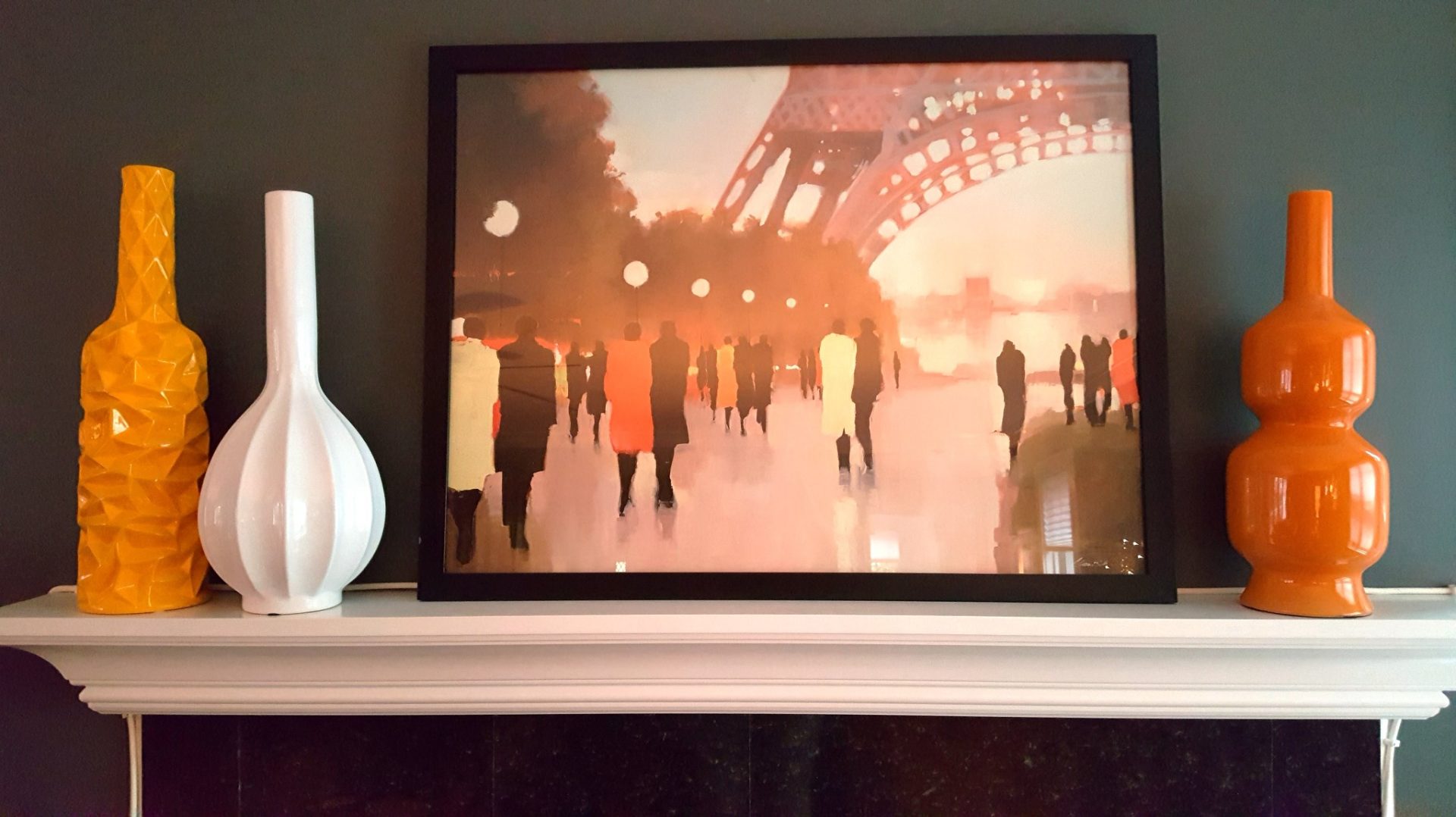
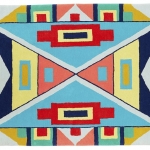
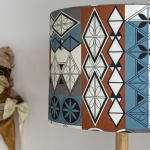
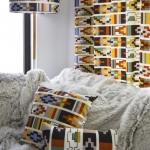
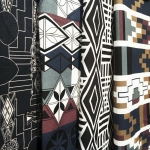
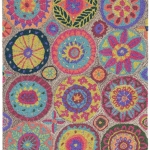
I loved your article about designers drawing from modern folklore.
Lately, I have been so inspired by ethnic, cultural, indigenous and bohemian style prints and decor.
Your article was timely and well done. Thank you.
I was looking for examples from Vannina Baquere, but it (Google) kept referring me back to your article.
Do you have any examples of her stuff?
Jocelyn